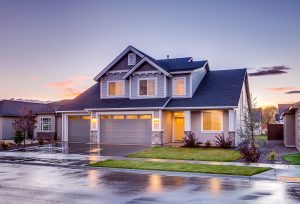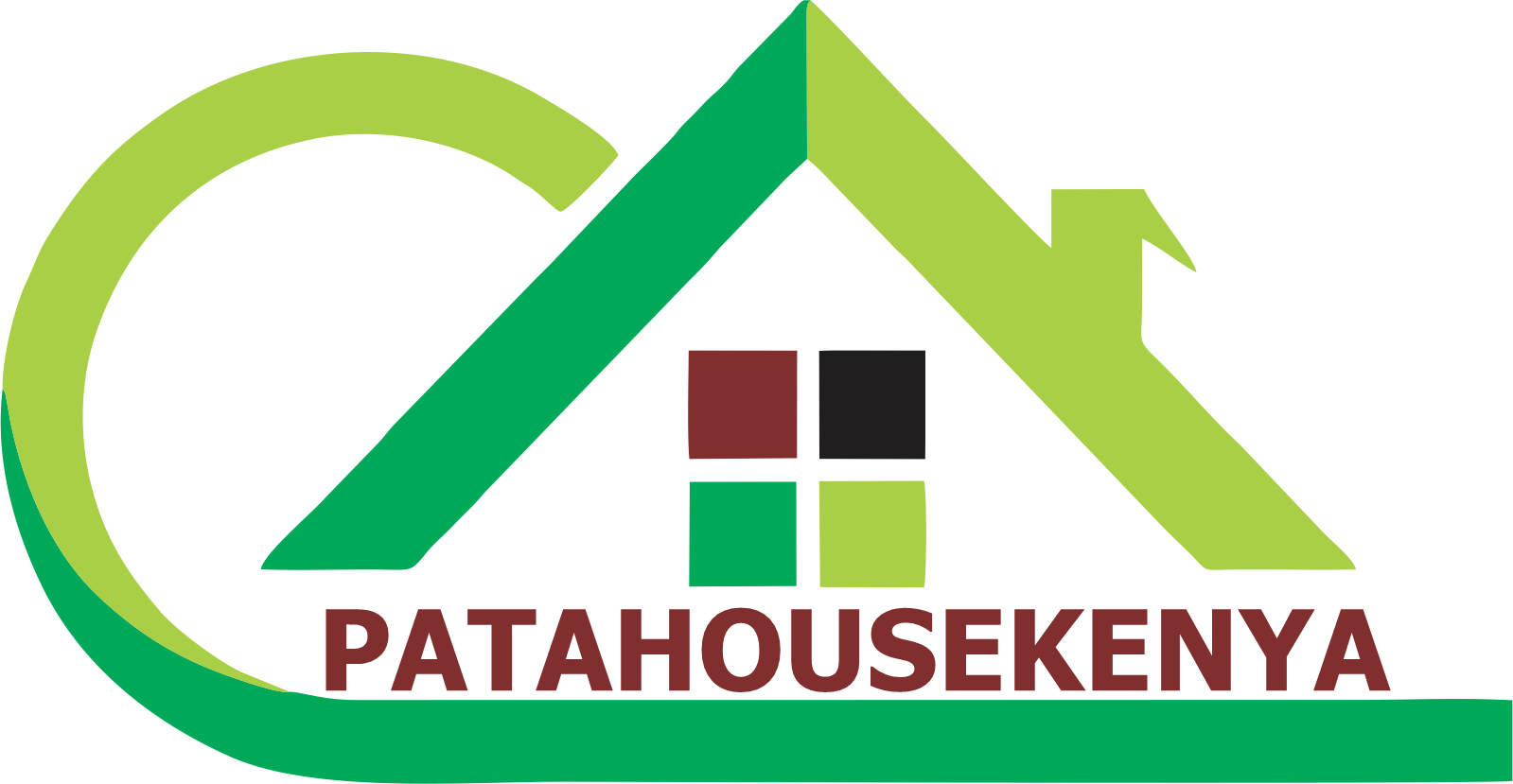 The Kenyan Real Estate Market has grown by a considerable percentage in the past 20 years, mirrored by its contribution to its Gross Domestic Product (GDP).
The Kenyan Real Estate Market has grown by a considerable percentage in the past 20 years, mirrored by its contribution to its Gross Domestic Product (GDP).
Kenya’s GDP grew from 10.5 percent in 2000 to 12.6 percent in 2012 and 13.8 percent in 2016.
The sector has evolved over the years to incorporate different trends and technologies with time.
Real Estate covers a wide variety of aspects such as industries, offices, residential, hotels, and more.
In this article, we will focus on the evolution of Real Estate and the latest trends in the sector.
In Nairobi, Real Estate has been picked up by a considerable extent because, being a capital city, it must have state-of-the-art facilities to attract investors.
Over time, various parts of the city have gained the interest of investors and contractors as most office spaces and commercial properties have been built in these spaces.
The reason for the constructions is due to the proximity of these areas to the Central Business District
Real estate prices in Nairobi rose 25 percent between January and December 2011. Nairobi was also voted as one of the top 10 cities to watch by global real estate firm, Jones Lang LaSalle, out of 150 cities globally according to research.
Commercial Spaces
These include office spaces, retail spaces, and industrial spaces.
Office spaces
Office spaces have extensively evolved from regular and simple square plans to more complicated and classy plans. Client preferences and tastes have also evolved to mimic modern and western world tastes.
The changes have been indicated in the planning, interior plans, and office spaces’ overall look and feel.
Retail spaces
Retail spaces have evolved, especially with the need for mall spaces and urbanization generally.
Real estate companies have noted the need for expanding towards this direction and have facilitated the building of huge malls such as Two Rivers Mall and Garden City Mall to enable people to set up their businesses within.
Industrial Spaces
This has been the most significant development in the country because, unlike before, there is a considerable need for manufacturing and production industries to set up offices locally. This has encouraged the Buy Kenya Build Kenya campaign that encourages Kenyans to consume locally produced goods.
These industries have helped a lot in ensuring that the cost of importation of certain goods is cut. This has gone a long way in also ensuring that jobs are created for locals as industrial workers.
We currently have Tatu City Industrial Park, Infinity Industrial Park, and Tbilisi operational in the country, and more are being set up by the day.
Tourism and Hospitality
This has evolved by a very big percentage in the sense that some buildings have been converted into accommodation spaces for both local and international tourists.
Most of these spaces are converted to Air BnB’s and are more affordable than getting accommodation at hotels.
Paying for a hotel, a night could cost at least KES 15,000 per night at the Coast. With the evolution of these serviced apartments, the cost could be at least KES 6000 per night, which is much more affordable to people who plan on staying for a couple of days.
LAND
Most investors have changed their trends when it comes to purchasing land. Before, people would buy land to construct permanent structures such as houses, institutions, and hospitals. Nowadays, people buy land to resell at a later time, to get profit.
Land appreciates with time, and most investors have seen this as the best way to drive income.
It is evident that how we viewed Real Estate before is not the way we approach it now, and with time, due to changing aspects such as technology, taste, Monetary requirements, and so much more, Real Estate will most definitely be one of the biggest GDP contributors of Kenya’s economy

